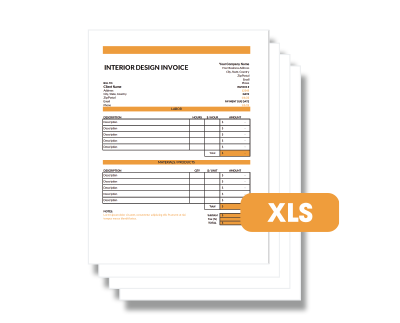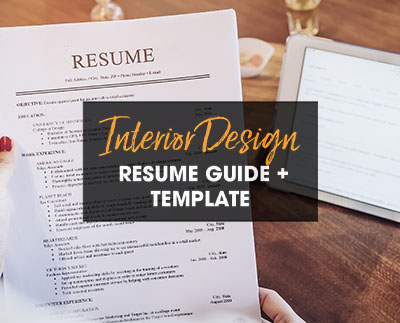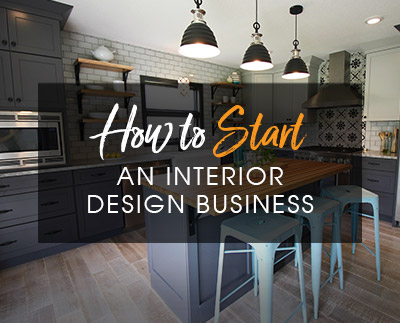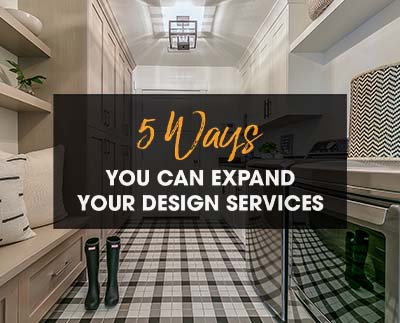
According to the United States Department of Labor, the average interior designer salary is $57,060 per year, which comes up to roughly $27,43 per hour. The salaries vary by state, with District of Columbia, Arkansas and New York ranking in the top 3 top paying states in the country for this occupation.
Of course, just like any other job, an interior designer salary depends on a set number of things, including education, certification, years of experience, and talent. Setting aside that criteria, how can an interior designer who owns their own company make more money in the industry?
In this post, we will discuss key points that will not only help increase your revenue, but also bring in more customers.
Interior designer salary – How to make more money & close more sales
Marketing yourself better
One of the first things you need to take care of to get more clients and make more money is marketing yourself better. You cannot expect clients to land on your doorstep if you’re not actively promoting your brand and your website. Marketing your business plays an integral role in helping you put your business (and yourself) on the map and making more money as an interior designer.
- Be active on social media
- Use paid advertising
- Get a pro account on Houzz
- Revamp your website
- Start a blog
If you want to learn more on how to market your interior design business, check out our free eBook.
Getting trade discounts
If there is a specific supplier or vendor you frequently make purchases from, you can potentially negotiate a discount on their products. Many vendors even offer what’s called a “trade account” that you can register for (proof of business will likely be required) and that will automatically apply a discount on your business purchases.
If your supplier is skeptical, your safest bet is to negotiate an annual rebate based on a certain number of sales. That way your supplier will be reassured that you will be buying from them for at least 1 year. Once you strike that deal, you can sell the products to your customers at the regular price and you get to keep the difference.
Specializing in kitchens & baths
If you really want to make the big bucks and increase your interior designer salary, you should consider specializing in kitchen & bath design. Kitchen & bathroom cabinetry, countertops, sinks, and tiles are generally where the client spends the most money, and this is where your relationship with a supplier comes into play.
As mentioned earlier, if you strike a deal with a supplier willing to offer you a discount on their products, you can get a cut of the profit from the sale. In the case of kitchen and bath products, the cut can be significant.
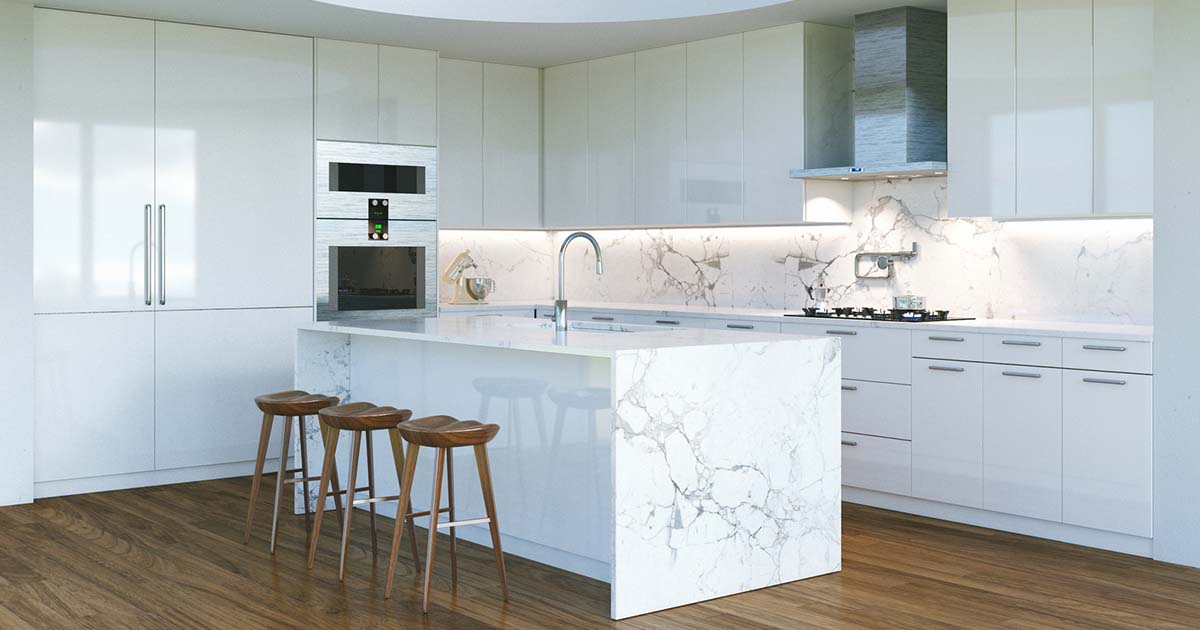
Maintaining customer relationships
It always feels good when you have a happy customer once your project is complete. But shaking hands and saying goodbye to that happy client shouldn’t be your last interaction with them. A few weeks or months down the road, you can send them a follow-up email asking how everything is going and if they’re still satisfied with the results. You can even ask them to leave you a good review on your website or social media page.
Keeping in touch with happy customers means that they won’t forget about you when their friend is looking to re-design their home. And they certainly won’t forget you when they have other projects of their own. We’re not saying you should stalk your clients, but a follow-up email or a greeting card during the holidays might just do the trick.
Add-on sales
If you’re designing a kitchen, bathroom, or bedroom, you can suggest custom storage units as an add-on. For example, you can design a custom pantry for your client’s kitchen or you can build a walk-in closet for a bedroom you’re working on.
There’s no harm in asking your client if they’d be interested in extra storage. If the answer is yes, you’ll make more money on your sale, and if the answer is no, nothing’s changed. If you’re looking for a software that allows you to design closets and home organization systems, check out the closet add-on by 2020.
Tracking your time
If you’re working on a project that requires back-and-forth emails and phone calls with suppliers and contractors, you better be logging those extra hours. Any time spent working for your client can and should be billed. Even if it just takes you 10 minutes here and 15 minutes there, at the end of the week, when you tally up those hours, you could be missing out on a lot of money.
You can either track your time spent on projects with useful time tracking tools, or you can set a fixed rate and put it in writing in your interior design contract. As long as the client is aware of the situation, you are entitled to that money. If your hourly wage is $120 and you spent 20 minutes on the phone with a supplier on Tuesday, 10 minutes answering emails about the project on Wednesday, and 10 minutes on the phone with your client on Thursday, that comes up to $80 worth of billable hours.
Download our interior design invoice template.
Billing for initial consultations
If you’re starting off as an interior designer and you’re using free initial consultations as an incentive to get more clients, then keep at it. But if you’ve already got several projects under your belt, it’s time to let go of the freebies.
Initial consultations normally last about an hour, and if done at the client’s house, chances are they’re trying to fish for some free advice. If you’re taking the time to go to your client’s house and giving them advice about their upcoming project, why shouldn’t you charge for it? If you’re adamant on offering free consultations, at least limit them to 30 minutes and meet at a coffee shop instead.
Download our free interior design client questionnaire that you can use during your initial consultations.
Modifying your sales pitch
If you are having a hard time closing sales, learn new selling techniques or evaluate what is not working in your sales process and make some modifications. Are your clients understanding your vision? Are you portraying your ideas clearly?
Most of the time, proper communication and impressive 3D renderings done with a professional design software will help you close a sale. If the client can clearly envision what their space will look like and you’ve explained to them what needs to be done and you’re within their budget, chances are they will give you the green light.
Share this Post


